Expansive lawns, forest pathways, lush vegetation, and seasonal blooms that captivate the senses… Just steps from the bustling Shinjuku Station lies a verdant sanctuary where time seems to slow—welcome to Shinjuku Gyoen. Spanning an impressive 58.3 hectares, this expansive retreat offers the perfect escape for those seeking respite from the urban pulse. Here, you can disconnect from the metropolis, rejuvenate your spirit, and immerse yourself in tranquility. It’s no surprise that Shinjuku Gyoen ranked as the 6th most visited Tokyo attraction among international travelers in 2023.
LEGACY & LOGISTICS
The Evolution of Elegance
Shinjuku Gyoen traces its origins to the Edo period when it served as the residence of Naito Kiyonari, a loyal retainer of Tokugawa Ieyasu. Following the Meiji Restoration, the grounds transformed into a national agricultural testing station before becoming imperial property. In 1906, it was reborn as an imperial garden. The park evolved into a diplomatic centerpiece—a palace garden for international relations—until 1949, when it was opened to the public as a national park.
Hours of Enchantment
| Season | Gates Open | Gates Close |
| October 1 – March 14 | 9:00 AM | 4:30 PM (last entry 4:00 PM) |
| March 15 – June 30& August 21 – September 30 | 9:00 AM | 6:00 PM (last entry 5:30 PM) |
| July 1 – August 20 | 9:00 AM | 7:00 PM (last entry 6:30 PM) |
Admission Fees

| Category | Regular | Seniors (65+) |
| Individual | ¥500 | ¥250 |
Note: Free admission for middle school students and younger children. High school students and above pay regular admission fees (¥250 for seniors).
Strategic Access
The park features three entry points, with the Shinjuku Gate being the most frequented. This entrance, adjacent to the Information Center, is a mere 5-minute walk from Shinjuku-Gyoenmae Station (Exit 1) or Shinjuku-Sanchome Station (Exits E5/C1/C5), and a 10-minute stroll from Shinjuku Station’s South Exit. For those arriving via Sendagaya Station, the Sendagaya Gate offers convenient 5-minute access.
Time Investment
While exploring the entire area—equivalent to 12 Tokyo Domes—in a single day would be ambitious, you can experience the park’s essential highlights in approximately 2 to 2.5 hours with strategic navigation.
THE FOUR ESSENTIAL REALMS
Shinjuku Gyoen’s appeal lies in its masterful integration of distinct garden styles:
![Shinjuku Gyoen Map featuring the four garden areas]
Japanese Traditional Garden – A microcosm of Japan’s diverse natural beauty condensed into an artfully designed space
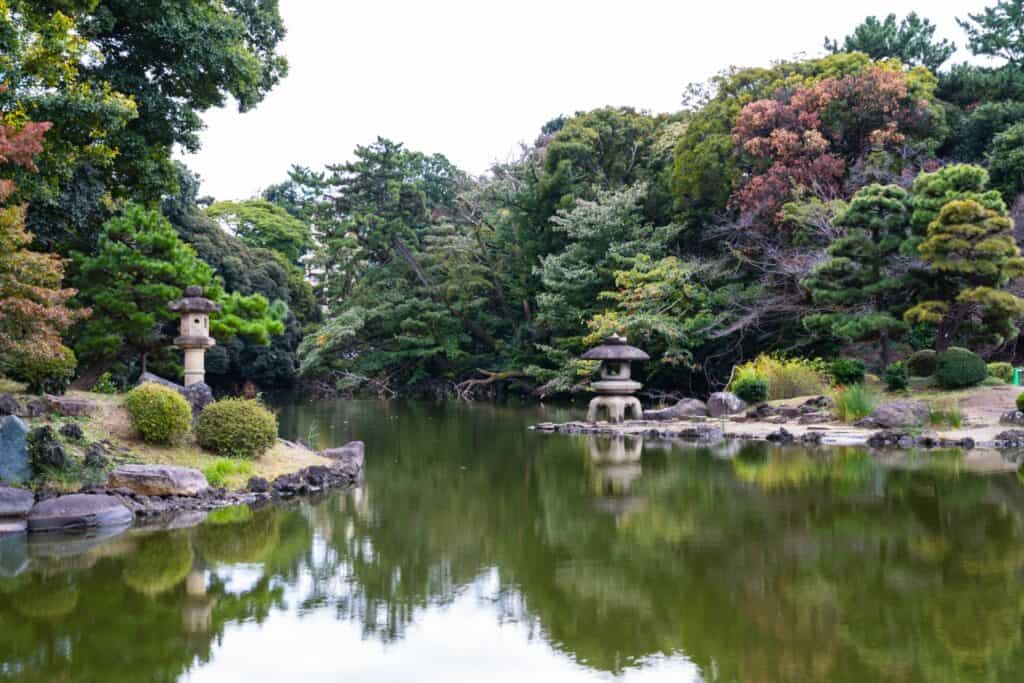
Preview
Landscape Garden – Sprawling lawns dotted with majestic trees that have flourished freely for generations
Preview
Formal Garden – Exhibiting the geometric precision and symmetrical elegance of French design
Preview
Forest of Mother and Child – An immersive observation field connecting visitors with accessible nature
Preview
These four distinctive zones form the backbone of your journey, with numerous attractions awaiting discovery as you traverse between them.
THE ULTIMATE CIRCUIT: CLOCKWISE FROM SHINJUKU GATE
Starting from the most popular entrance—Shinjuku Gate—this suggested route takes you on a clockwise odyssey through the garden’s most compelling features.
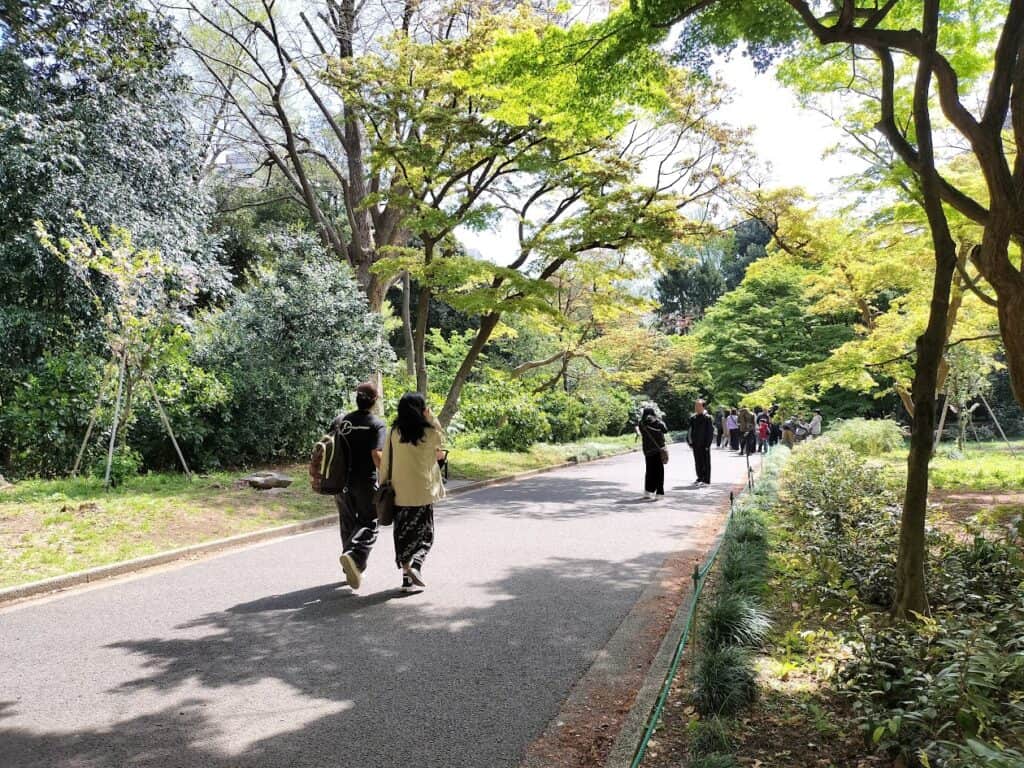
First Leg: Shinjuku Gate → Information Center → Greenhouse → Formal Garden → Landscape Garden
Begin your expedition at Shinjuku Gate, where the Information Center awaits just steps inside. Collect a complimentary English map and review the highlighted attractions before proceeding.
Advance approximately 500 meters toward Okido Gate to discover the greenhouse, home to an impressive collection of rare botanical specimens. After exploring this indoor tropical paradise, head south past the shimmering Tamamo Pond toward the Formal Garden.

The Formal Garden’s centerpiece is an exquisite rose garden showcasing approximately 100 varieties and 500 individual plants. Peak viewing occurs during May-June and October-November when these chromatic blooms create a simultaneous explosion of color and fragrance. Even outside these prime seasons, you’ll find scattered roses offering glimpses of their splendor.
Another must-see feature within the Formal Garden is the majestic Platanus Avenue. This dramatic corridor extends approximately 200 meters along both sides of the garden, presenting a constantly evolving visual spectacle throughout the seasons. The avenue’s approximately 160 London plane trees create a cinematic backdrop worthy of a film’s climactic love scene—utterly breathtaking.
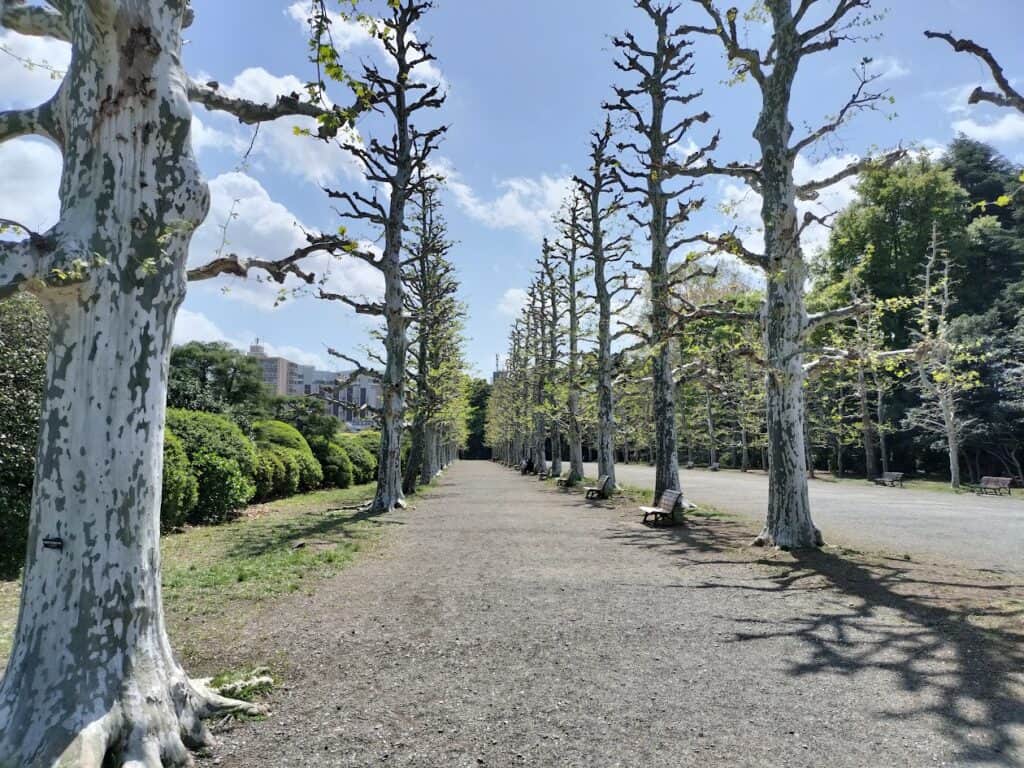
Transition next to the adjacent Landscape Garden, where natural scenery unfolds in an artistic interpretation. The bright, expansive lawn is punctuated by towering trees, including the garden’s signature tulip tree planted in the late 1800s—the first of its kind in Japan and now soaring beyond 30 meters. On fair-weather days, you might spot elegant picnickers enjoying leisurely meals on the grass, basking in the presence of this historic botanical giant.

This area houses a Starbucks and the Central Rest House—ideal locations for a mid-excursion break. While Shinjuku Gyoen contains approximately ten eateries and tea shops, all except Starbucks double as free rest areas, allowing visitors to utilize tables and chairs without obligation to purchase.
Second Leg: Former Imperial Rest House → Japanese Garden → Forest of Mother and Child → Shinjuku Gate
As you proceed from the Landscape Garden toward the Japanese Garden, make a worthwhile detour to the Former Imperial Rest House. The interior is accessible, offering spectacular panoramic views. Adjacent stands the garden’s most significant anime pilgrimage site—the pavilion featured in Makoto Shinkai’s globally acclaimed film “The Garden of Words.” This iconic gazebo witnessed the meaningful encounters between high school student Takao and teacher Yukino. Missing this landmark might earn the disbelief of anime enthusiasts who would find it inconceivable to visit Shinjuku Gyoen without paying homage to this cultural touchstone.
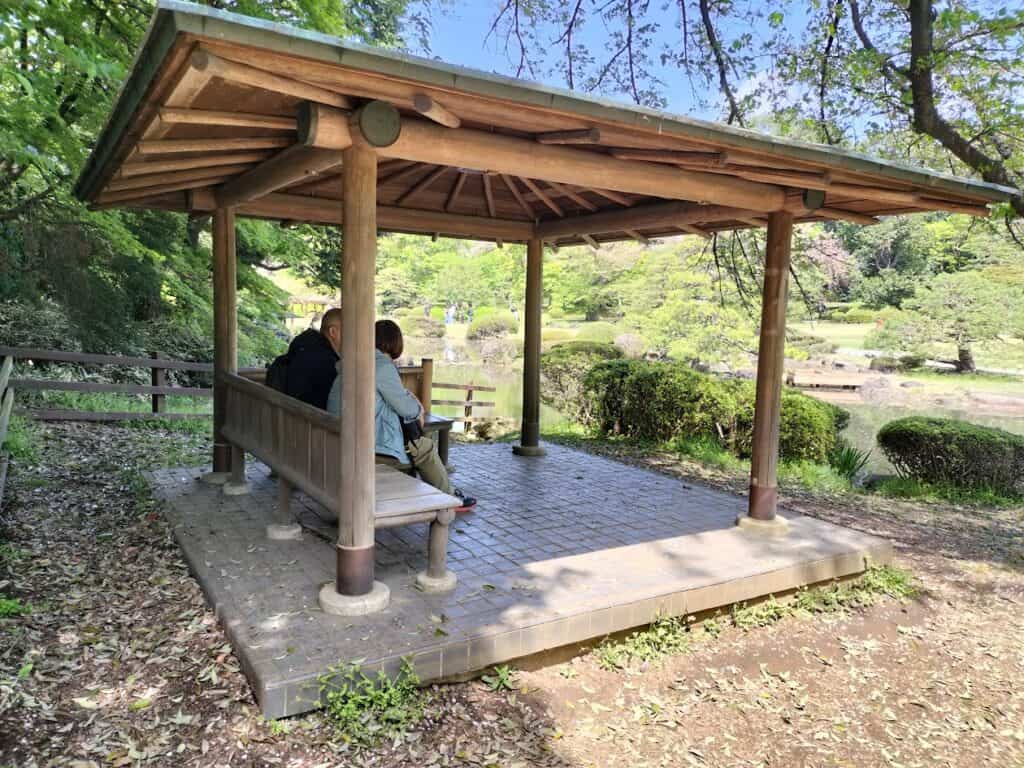
Nearby, the Japanese Garden awaits with its masterful arrangement of stones, ponds, plants, and bridges—all carefully composed to recreate natural landscapes within a confined space that engages visual, auditory, and olfactory senses. The garden’s ability to evoke expansive natural vistas while offering the therapeutic benefits of nature within an accessible setting explains its enduring popularity.

Continuing northwest leads to the Forest of Mother and Child—a small satoyama (traditional rural landscape) cultivated since 1985 for nature observation. This distinctive area preserves various tree species in their natural state. With luck, you might encounter insects rarely seen in urban settings, such as stag beetles or rhinoceros beetles. Walking through this forest creates the sensation of stepping into another world, momentarily erasing the surrounding cityscape from consciousness.
From here, return to Shinjuku Gate to conclude your journey through this urban sanctuary.
SEASONAL RECOMMENDATIONS
While Shinjuku Gyoen presents captivating scenery year-round, spring and autumn offer particularly spectacular experiences. The garden ranks among Tokyo’s premier destinations for cherry blossoms and autumn foliage, delivering breathtaking panoramas during these peak seasons. If your schedule permits flexibility, prioritize visiting during spring or autumn to experience these quintessentially Japanese natural phenomena at their most magnificent.
CURATED HALF-DAY EXPERIENCES
Consider a morning exploration of Shinjuku Gyoen followed by a customized lunch experience that leverages the garden’s prime location and caters to your personal preferences and interests. The garden’s proximity to diverse dining options allows for seamless transitions from natural splendor to culinary excellence.

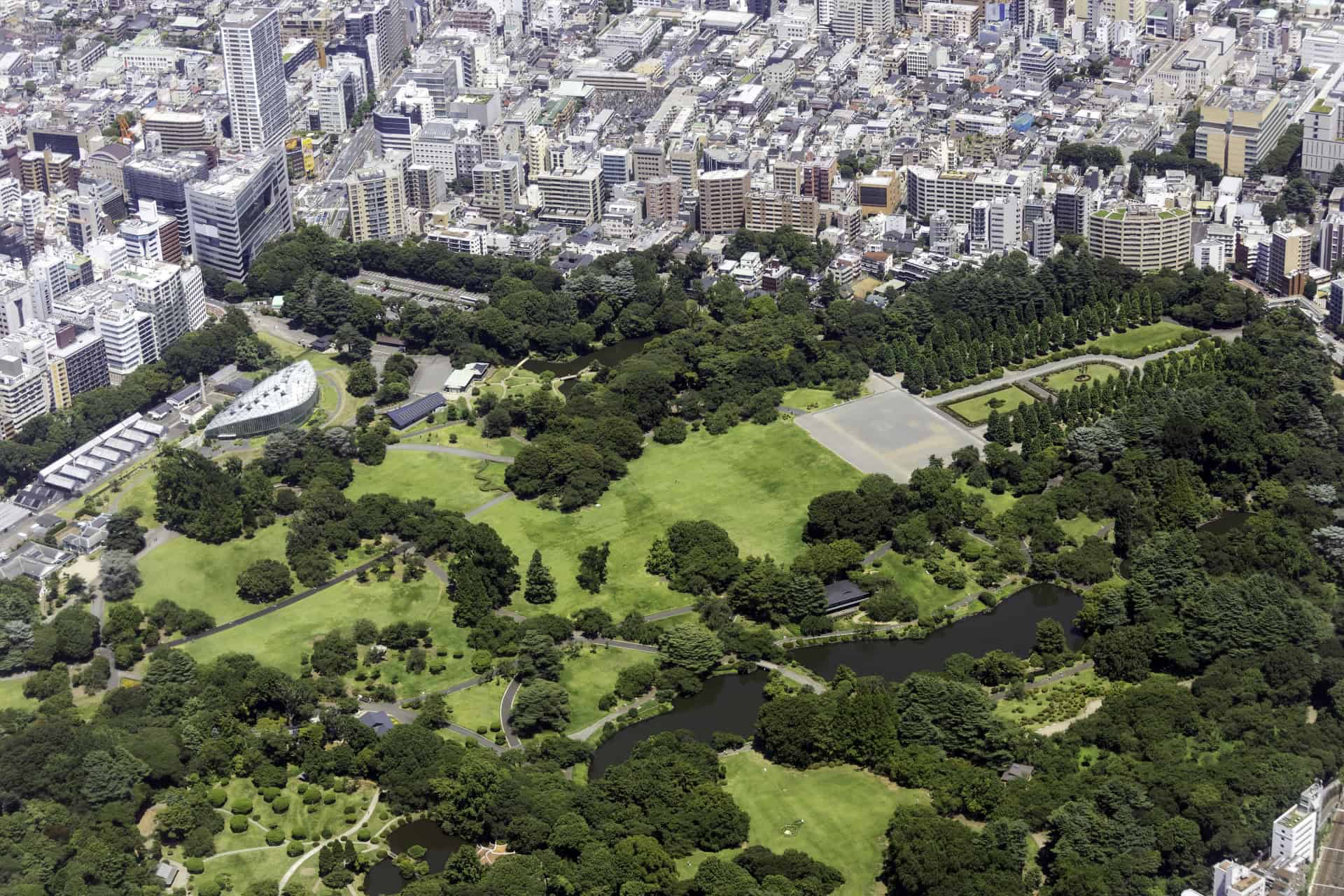



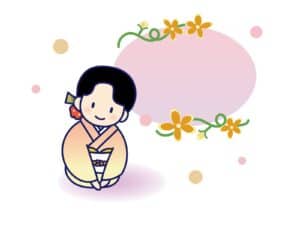
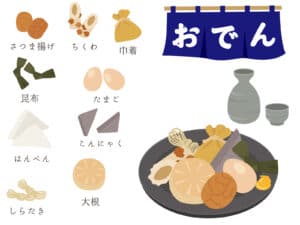


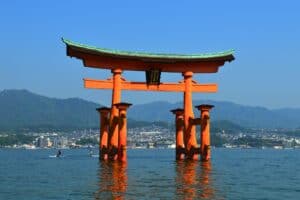
コメント
コメント一覧 (2件)
[…] SHINJUKU GYOEN: TOKYO’S PREMIER URBAN OASIS Expansive lawns, forest pathways, lush vegetation, and seasonal blooms that captivate the senses… […]
[…] SHINJUKU GYOEN 101: TOKYO’S PREMIER URBAN OASIS Expansive lawns, forest pathways, lush vegetation, and seasonal blooms that captivate the senses… […]